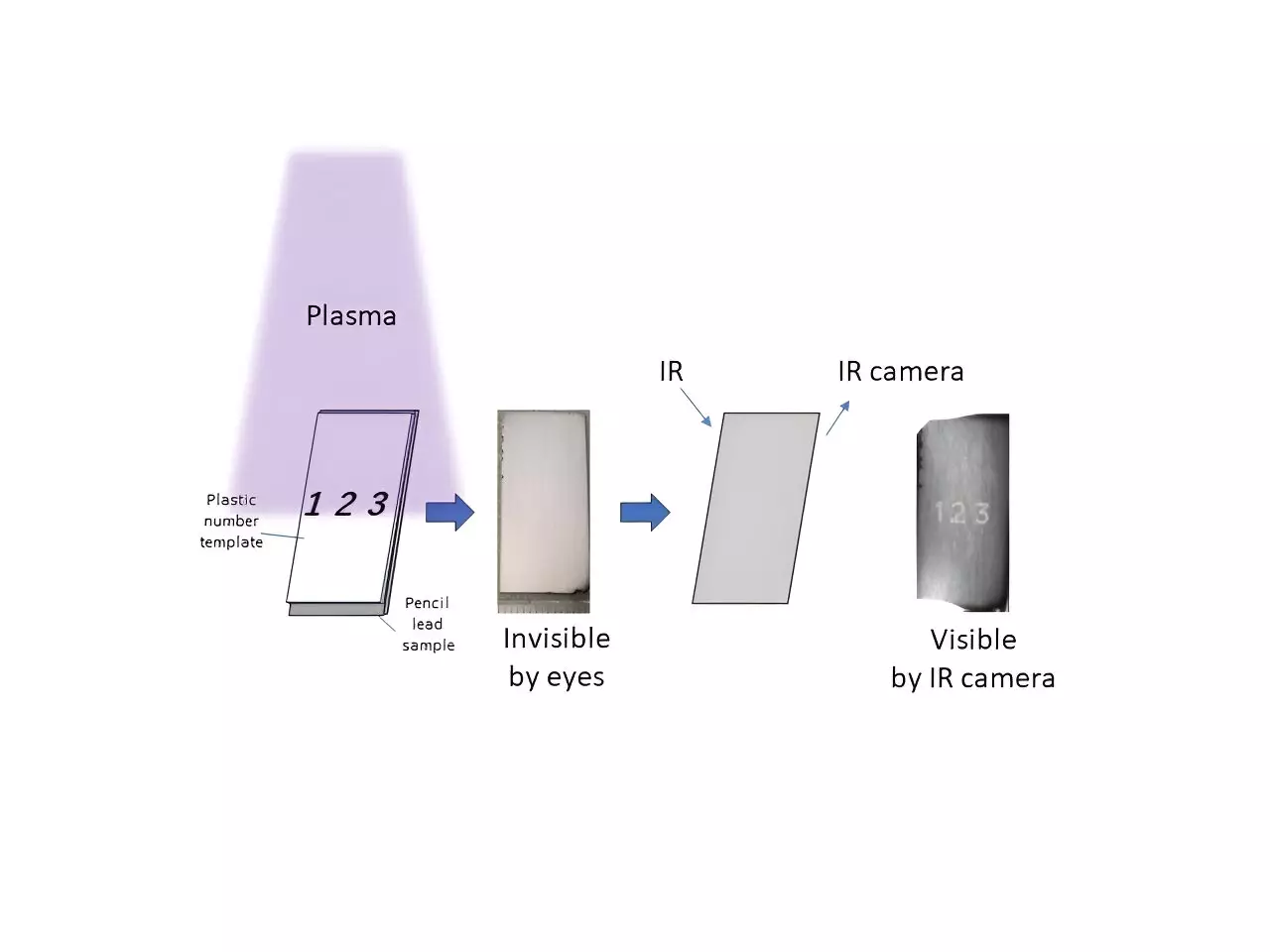In today’s technology-driven society, optical materials play a pivotal role across various industries, facilitating advancements in telecommunications, display technologies, industrial sensing, and even medical treatments. However, the high cost and complex manufacturing processes associated with these materials have posed significant challenges to widespread adoption and innovation. Researchers and engineers are perpetually on the lookout for affordable alternatives that maintain or enhance the efficacy of existing optical materials. In this landscape, a groundbreaking study by Japanese researchers offers a glimpse of hope through a novel, cost-effective technique that utilizes ordinary pencil lead as a base material.
The research team from Shinshu University, led by Professor Hiroshi Moriwaki and Associate Professor Shouhei Koyama, has explored a unique approach to refining optical materials by using the simplest and most commonly accessible substance: pencil lead. Their study, published in the journal Optical Materials, presents a method that not only optimizes the reflectance spectra of pencil lead but also gives rise to structural colors through the application of plasma. This process involves the use of an electrically charged gaseous state—plasma—to manipulate the material’s surface, thereby enabling it to interact with light in intriguing and complex ways.
Moriwaki states that their previous work laid the foundation for this innovative technique. By irradiating pencil lead samples with plasma, they could control light reflection and generate varied structural colors via thin-layer interference between the clay and graphite components of pencil lead. This understanding set the stage for exploring how prolonged exposure to plasma would alter the material’s reflective quality.
In a subsequent phase of their study, the researchers meticulously examined the effects of longer plasma irradiation durations. They conducted experiments varying from ten seconds to over three minutes to ascertain how these changes impacted the reflectance spectra of the samples. The results were promising; longer plasma treatment times resulted in a novel optical material capable of creating interference patterns in the near-infrared and mid-infrared ranges—regions that humans cannot visually perceive. This breakthrough occurred due to the thickening of the clay layer exposed through plasma etching, which fundamentally altered how the material interacted with light.
The implications of these findings are far-reaching. Beyond simply enhancing the aesthetic quality of pencil lead, the transformation into an optical material with functionalities in the infrared spectrum opens doors to applications in security and covert communication. The researchers demonstrated this with a unique feat: inscribing invisible characters onto the pencil lead that were only discernible when viewed through an infrared camera, showcasing the potential for personalized and secure printing applications.
Beyond technological innovation, the research addresses the pressing need for sustainability in material production. Current dependence on rare-earth elements compounds the issues of environmental sustainability and resource scarcity inherent to optical materials. Pencil lead, by contrast, is abundantly available and easily sourced, making it an environmentally friendly alternative that aligns with global sustainability goals.
Prof. Moriwaki emphasizes this by asserting that the objective of their research is not merely to enhance functionality but to do so using a material that is significantly less taxing on natural resources. The aim is a dual impact: developing solutions that are both economically feasible and ecologically responsible.
As the researchers predict, their findings could spark a revolution in how optical materials are produced and utilized. The simplicity of using pencil lead in a plasma treatment process paves the way for affordable, sustainable materials that could significantly lower barriers to entry for diverse applications, from consumer electronics to advanced security systems.
Moreover, Moriwaki envisions the potential application of this method in developing novel, sustainable printing technologies, which can redefine how products are created and marketed. This not only represents a breakthrough within the domain of optical materials but also encapsulates a broader trend towards innovation that prioritizes sustainability in manufacturing processes.
The innovative use of plasma processing on pencil lead not only serves to advance our understanding of optical materials but also holds tremendous promise for creating sustainable and cost-effective solutions that could transform various industries in the near future. By shifting perspectives on material resources, researchers like Moriwaki and Koyama are helping to light the path toward a more sustainable and technologically advanced world.

